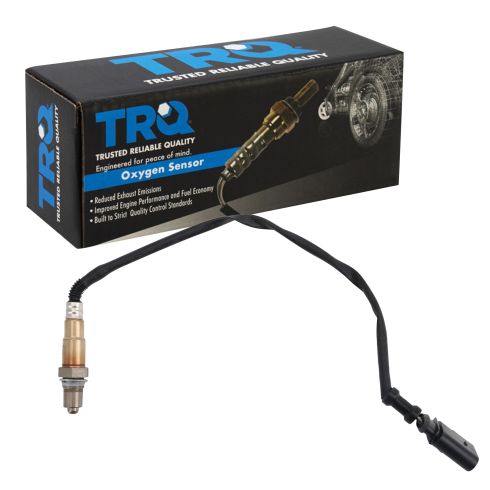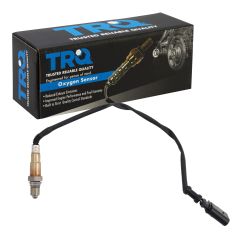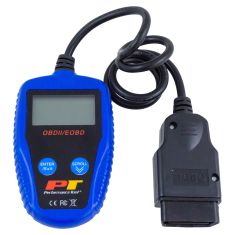1AEOS00106-Bentley Amage VW Beetle Golf Jetta O2 Oxygen Sensor TRQ OSA61239



Replaces
Bentley Amage VW Beetle Golf Jetta O2 Oxygen Sensor TRQ OSA61239


Frequently bought together
Product Reviews
Loading reviews
Customer Q&A
No questions have been asked about this item.









